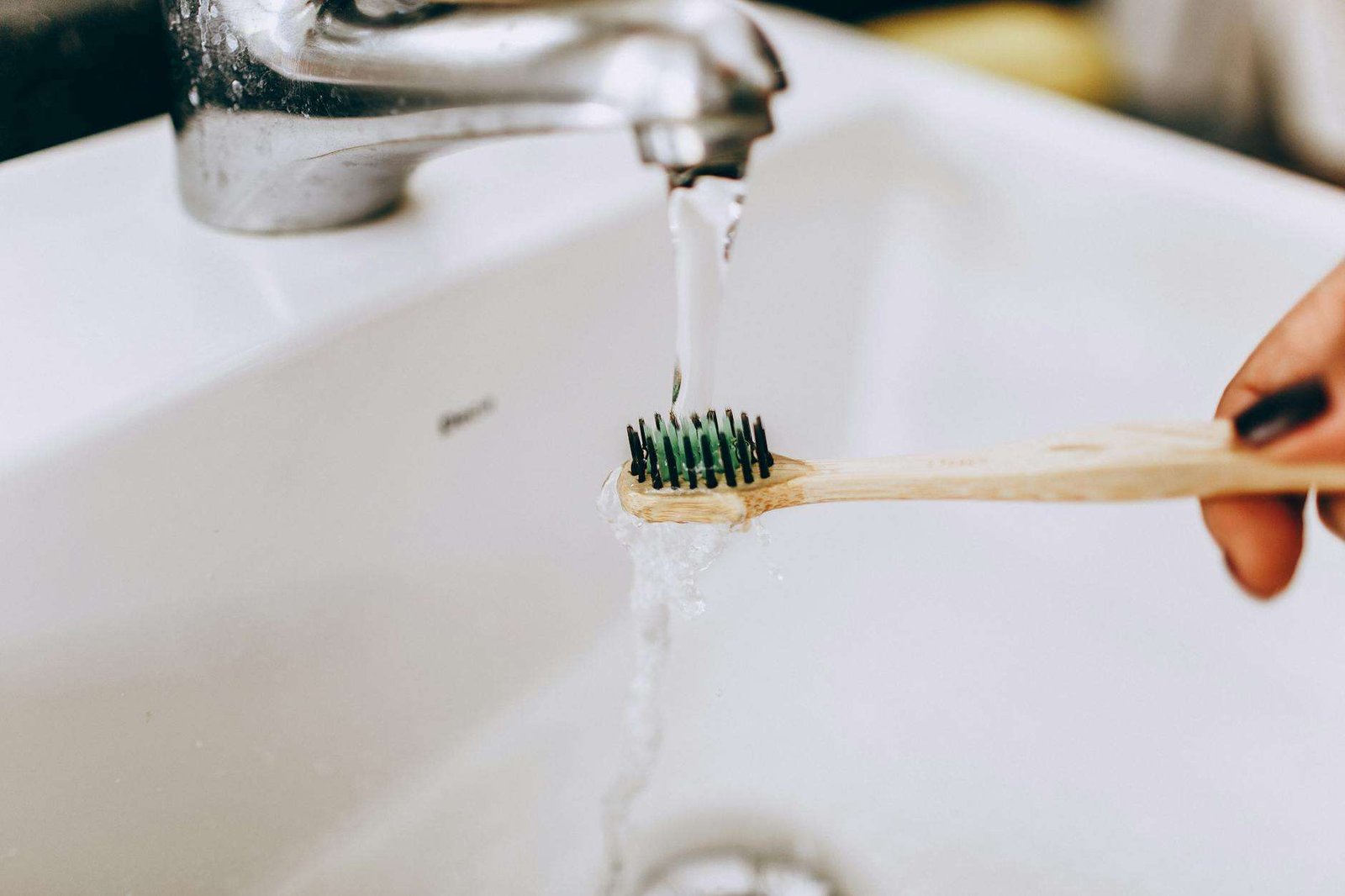
The Latest Water Conservation Technologies You Should Know About
Water scarcity is fast becoming one of the world’s most pressing environmental challenges. While some areas are getting flooded other areas are experiencing ever drier conditions. We see this all around us from fires in Los Angeles to disappearing lakes.
With climate change, population growth, and increasing demand for freshwater, the strain on global water supplies is intensifying. According to recent estimates, by early 2025, nearly half of the world’s population could be living in areas experiencing water stress.
To safeguard our future, it’s critical to adopt sustainable practices—and technology is playing a pivotal role in addressing the crisis. From smart systems that monitor usage to advanced water treatment methods, a new wave of innovation is helping reduce waste and improve efficiency. In this article, we’ll explore four groundbreaking technologies that are transforming the way we conserve water.
1. Smart Irrigation Systems
Agriculture accounts for roughly 70% of global freshwater withdrawals, and much of that water is wasted due to outdated irrigation methods. Flood irrigation and sprinkler systems, while common, often overwater crops or apply water inefficiently.
Enter smart irrigation systems—an innovation that uses weather forecasts, real-time soil data, and IoT sensors to optimize watering. These systems calculate the precise amount of water needed and deliver it only when and where it’s required. For example, if rainfall is predicted, the system may delay watering to avoid redundancy.
Farmers and landscapers can manage these systems through mobile apps, receiving alerts and usage data in real time. Not only do these technologies conserve water, but they also boost crop yields, reduce labor, and cut energy costs.
Smart irrigation is especially vital in arid regions, where every drop counts. By minimizing runoff and overwatering, it also helps prevent contamination of local water bodies—a win for both agriculture and the environment.
2. AI-Powered Leak Detection Systems
One of the most overlooked sources of water loss is leakage in distribution systems. Aging pipes, faulty joints, and poor maintenance cause billions of gallons of water to be lost every day—often without anyone noticing.
AI-powered leak detection systems are revolutionizing the way utilities and property managers address this issue. These systems use a combination of acoustic sensors, flow meters, and machine learning algorithms to identify irregularities in water pressure and flow patterns. When a potential leak is detected, the system sends real-time alerts pinpointing its location, enabling rapid response.
Some advanced systems even predict where leaks are likely to occur, allowing preventive maintenance before damage happens. In cities like London and Los Angeles, these tools are already being deployed at scale to save millions of gallons annually.
In residential settings, smart leak detectors can be installed under sinks or near water heaters. These compact devices can automatically shut off water supply in the event of a leak—preventing costly structural damage and conserving water simultaneously.
3. Advanced Rainwater Harvesting Systems
Rainwater harvesting is one of the oldest water conservation practices, but today’s systems go far beyond barrels and tanks. Modern rainwater harvesting solutions incorporate filtration, UV purification, smart sensors, and efficient storage tanks to safely collect and reuse rainwater for various non-potable purposes.
In urban environments, these systems can be integrated into buildings to collect runoff from rooftops and other surfaces. The collected water can be used for toilet flushing, landscape irrigation, industrial cleaning, and even emergency firefighting reserves. This significantly reduces dependence on municipal water supplies, especially during dry seasons.
In rural or remote communities, rainwater harvesting can be a lifeline, providing a decentralized water source that’s both affordable and sustainable. Governments and NGOs around the world are now incentivizing these systems through tax credits and infrastructure grants.
Beyond individual benefits, large-scale adoption can also reduce flood risk and lessen the burden on stormwater management systems—a crucial advantage as climate change brings more frequent and intense rainfall events.
4. Next-Generation Desalination Technologies
While oceans cover over 70% of Earth’s surface, seawater remains largely untapped due to its high salt content. Desalination technologies aim to change that by converting saltwater into fresh, drinkable water.
Historically, desalination has been criticized for its high energy use and environmental footprint. But new advancements, particularly in reverse osmosis membranes, energy recovery systems, and solar-powered desalination, are changing the narrative.
Today’s desalination plants are far more efficient and cost-effective. They force seawater through specialized membranes at high pressure, separating salt and impurities to produce freshwater. Innovations like nanomaterial-enhanced membranes and AI-powered process optimization are making it possible to desalinate water at lower costs and with reduced emissions.
Countries like Israel, Saudi Arabia, and Australia are already using desalination to supply a significant portion of their freshwater needs. For coastal cities facing population booms and declining freshwater sources, this technology is poised to become a critical lifeline.
Looking Ahead: A Smarter, More Sustainable Future
Water is a finite resource, and the pressure to use it wisely has never been greater. Embracing modern technology is one of the most powerful steps we can take to ensure a sustainable water future. Whether through smart irrigation, leak detection, rainwater harvesting, or desalination, these innovations empower individuals, businesses, and governments to reduce waste and maximize efficiency.
But technology alone isn’t enough. Education, policy reform, and community engagement must go hand-in-hand with innovation. When supported by strong infrastructure and informed citizens, these tools can create a resilient water system capable of supporting both people and the planet.
Final Thoughts
Water conservation is no longer just a good practice—it’s a necessity. As the global population grows and the climate continues to shift, the technologies outlined here offer hope and practical solutions. By adopting and investing in these tools today, we can secure water access for tomorrow and build a world where resources are protected, communities thrive, and nature is respected.
The post What Are The Latest Technologies To Conserve Water? appeared first on Green.org.














